904 Views
Bead-Board and Planked Walls

by
S
(IC: blogger)
Medium
We have used three different types of planked walls during this renovation.
1st Bathroom
We used a bead-board sheet. What was most difficult? It was tricky cutting a "plank" in half to make them meet, and it required a lot of careful sanding.
2nd Kitchen We found individual tongue and groove planks in packages on clearance. Since it was wood planks, the longer they were the more likely they were to have some warp. If there was warp, it was difficult to make them fit.
We were using it to cover badly damaged plaster, and 70s plaster that did not match the age of the cottage.
It was tricky to get them straight when the walls were not square. It took a lot of patience. It was slow. Because we did it on the walls and ceilings, we had to make sure that each planked lined up.
Even though it came primed, it might have been easier to paint this product before putting it up. This one took a lot of sanding and wood filler for the nail holes.
This is the 3rd type.
These planks are a little thicker than the second, and the product is available at Home Depot or Lowe's purchased by the individual plank. It doesn't look like it will take a lot of wood filler to fill nail holes, unlike the second type of plank.
It's tricky too. Each plank has to be examined for straightness before purchase.
We have learned that the nature of real wood is that it is difficult to get a straight plank, which means it is difficult to get planks to fit into the tongue and groove sometimes. It's going slowly. We are going horizontally this time. On the wall that needs shorter boards it is going quicker. Shorter boards are easier to meld than longer boards.
1st Bathroom
We used a bead-board sheet. What was most difficult? It was tricky cutting a "plank" in half to make them meet, and it required a lot of careful sanding.
2nd Kitchen We found individual tongue and groove planks in packages on clearance. Since it was wood planks, the longer they were the more likely they were to have some warp. If there was warp, it was difficult to make them fit.
We were using it to cover badly damaged plaster, and 70s plaster that did not match the age of the cottage.
It was tricky to get them straight when the walls were not square. It took a lot of patience. It was slow. Because we did it on the walls and ceilings, we had to make sure that each planked lined up.
Even though it came primed, it might have been easier to paint this product before putting it up. This one took a lot of sanding and wood filler for the nail holes.
This is the 3rd type.
These planks are a little thicker than the second, and the product is available at Home Depot or Lowe's purchased by the individual plank. It doesn't look like it will take a lot of wood filler to fill nail holes, unlike the second type of plank.
It's tricky too. Each plank has to be examined for straightness before purchase.
We have learned that the nature of real wood is that it is difficult to get a straight plank, which means it is difficult to get planks to fit into the tongue and groove sometimes. It's going slowly. We are going horizontally this time. On the wall that needs shorter boards it is going quicker. Shorter boards are easier to meld than longer boards.
Enjoyed the project?

Want more details about this and other DIY projects? Check out my blog post!
Published May 13th, 2013 6:51 PM
Comments
Join the conversation
1 comment






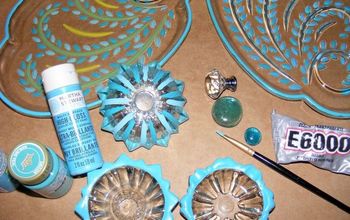




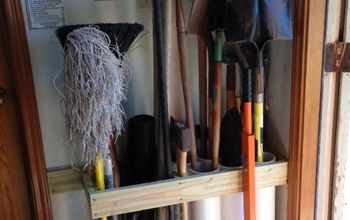




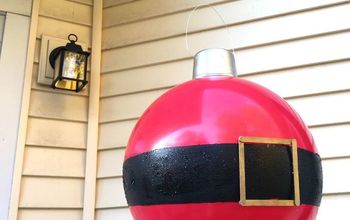

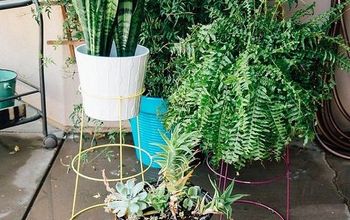



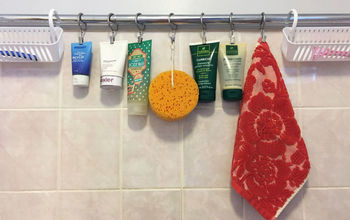


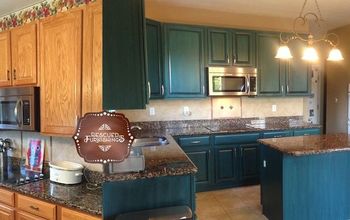
Frequently asked questions
Have a question about this project?